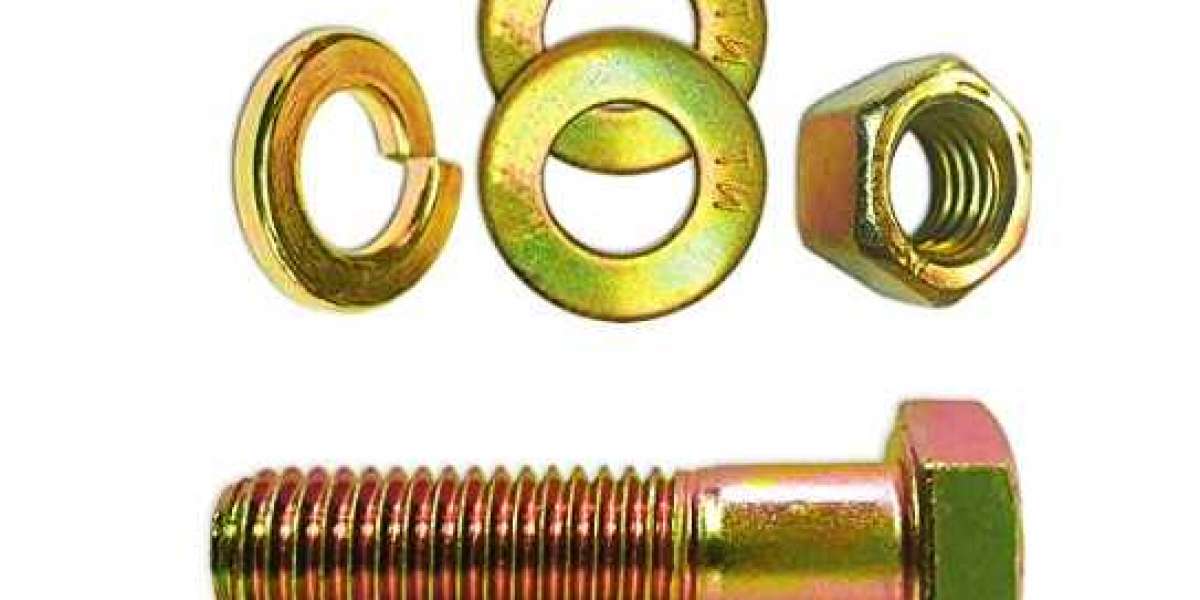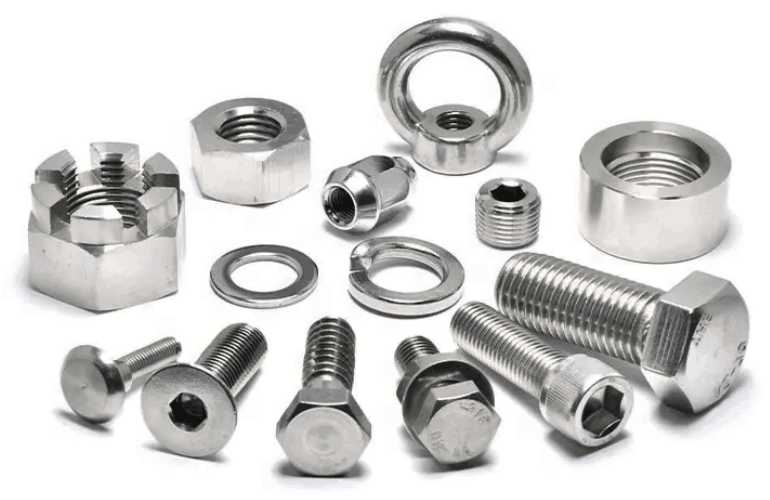Fasteners are an essential part of daily life and industrial production. They are used to join two or more objects together and have widespread applications in fields such as machinery, construction, and home improvement. Below are several common types of fasteners and their uses:
Bolts and Nuts:
Bolts and nuts are the most common fasteners. They are typically used together to connect components that need to be secure yet removable. For example, bolts and nuts are used to secure steel structures in construction and bridges, as well as to join machine parts in mechanical assemblies.Screws:
Screws have threads and are directly screwed into a material to provide a strong connection. They are widely used in woodworking, metalworking, and household installations. Wood screws are suitable for wood, while metal screws are used to fasten metal components together.Nails:
Nails are straight fasteners that are often hammered into place. They are commonly used for securing wooden structures, such as assembling furniture or building house walls.Rivets:
Rivets are used for connections that are not meant to be disassembled easily, such as in the structures of airplanes and ships. They provide a permanent connection through plastic deformation.Washers:
Although washers are not direct fasteners, they are often used in conjunction with bolts or screws to distribute pressure and prevent loosening.
Different types of fasteners have unique advantages, and the choice should depend on the purpose and material characteristics. Understanding their features allows for better assembly solutions, improving efficiency and safety.
Reference








